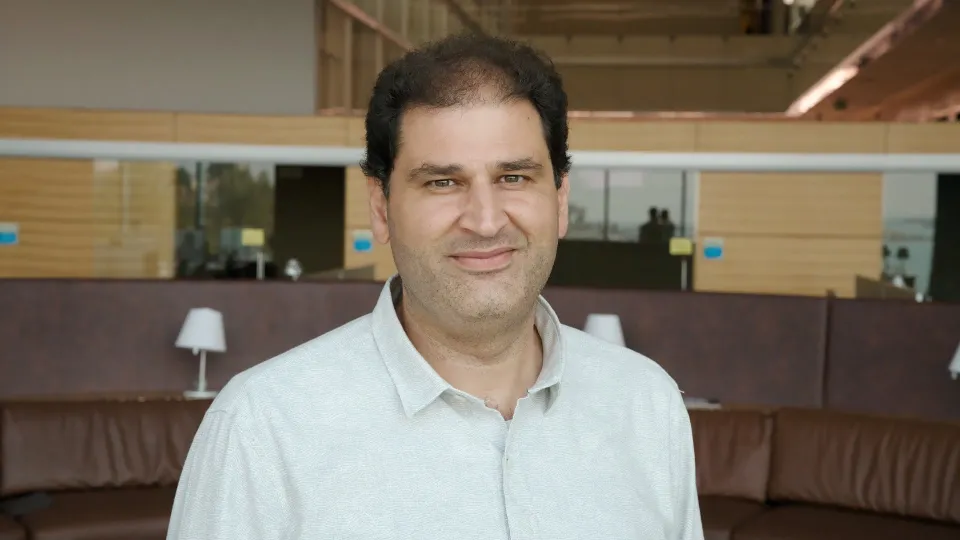
Divided attention could ease wireless congestion
Predicting wireless traffic using artificial intelligence could improve the reliability of future wireless communications.
About
The prediction of future wireless traffic volumes using artificial intelligence (AI) would allow communication systems to automatically adjust network resources to maximize reliability. KAUST researchers have now developed a more accurate "dual attention" prediction scheme that minimizes the volume of prediction data that needs to be transferred across the network.
With 5G wireless communication technology now being deployed around the world, researchers are looking ahead to what 6G could offer. One emerging idea is to use AI to coordinate communication resources by learning from historical patterns of network usage across the network over time. The main problem is that the transmission of usage data from nodes to a central database — where the AI can do its magic — introduces a substantial bandwidth overhead that negates much of the potential benefits.
Chuanting Zhang and colleagues Shuping Dang, Basem Shihada and Mohamed-Slim Alouini addressed this issue by decentralizing the prediction model.
“Wireless traffic prediction could play a central role in network management as the basis for intelligent communication systems,” says Zhang. “AI techniques such as deep neural networks are able to accurately model the complicated spatio-temporal nonlinear correlations in wireless traffic. However, as different base stations can have very different traffic patterns, it is quite challenging to develop a prediction model that performs well on all base stations at once.”
Read the full article



